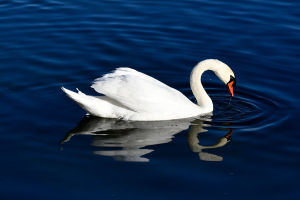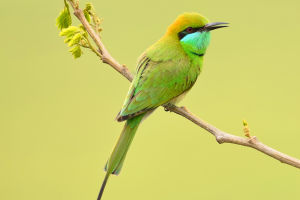Hey Lykkers! Pelicans are among the most recognizable water birds due to their distinctive features and large size.
They are famous for their long beaks and large throat pouches used in catching fish and draining water before swallowing.
Size and Appearance
Pelicans are one of the larger bird species with some adults reaching over 10 feet in wingspan. Their feathers range mostly in white and grey tones, with areas of pink or yellow on the face and the beak during breeding seasons.
Habitat and Distribution
Pelicans are predominantly found along the edges of lakes, rivers, and coastal areas where shallow, warmer waters abound. These environments are ideal for the pelican’s fishing activities. Globally, these birds are found on every continent except Antarctica, adapting to a wide range of waterfront environments.
Feeding Habits
Pelicans primarily subsist on fish, employing their capacious beak pouches to scoop up their meals. Remarkably social in their feeding strategies, they often collaborate to herd fish towards shallower waters, significantly improving the efficiency of their fishing efforts.
Breeding and Lifecycle
Pelicans typically exhibit a gregarious nature, preferring to breed in colonies where they construct nests either on the ground or in low-lying trees close to water bodies. A typical clutch comprises 2 to 3 eggs, with both parents actively sharing the responsibilities of incubation.
Social Behavior
Known for their sociable nature, pelicans frequently display cooperative behavior, particularly evident during their collective fishing expeditions. They also engage in playful behaviors, which include tossing small objects or engaging in lively water splashing with their beaks.
Conservation Status
Although most species of pelicans are not currently endangered, specific populations face threats due to habitat loss, pollution, and fluctuations in available fish stocks. Proactive conservation efforts are essential to safeguard these populations and ensure their continued survival in the wild.
Pelicans are captivating animals, equipped with specialized adaptations that make them adept at fishing and surviving in diverse aquatic habitats. Their presence significantly enriches the ecosystems they inhabit, contributing to the overall biodiversity and health of aquatic environments.
GoPro: Pelican Learns To Fly
Video by GoPro


